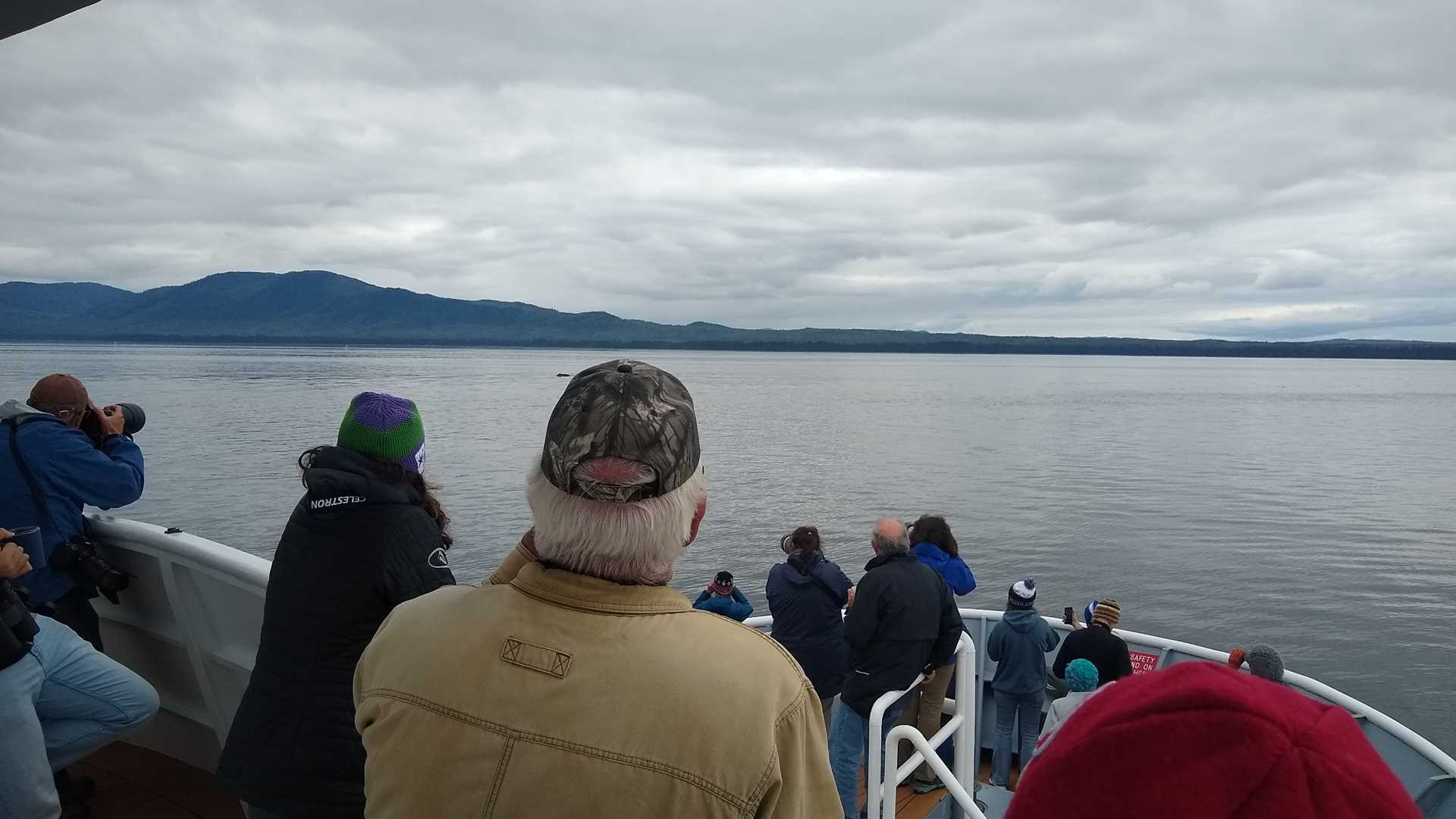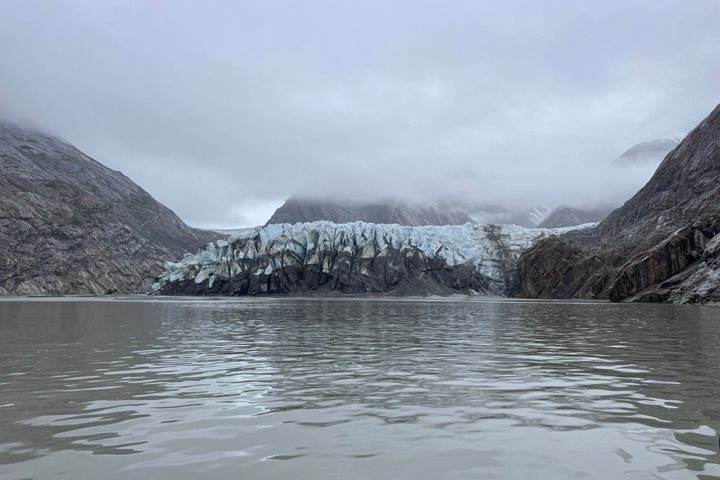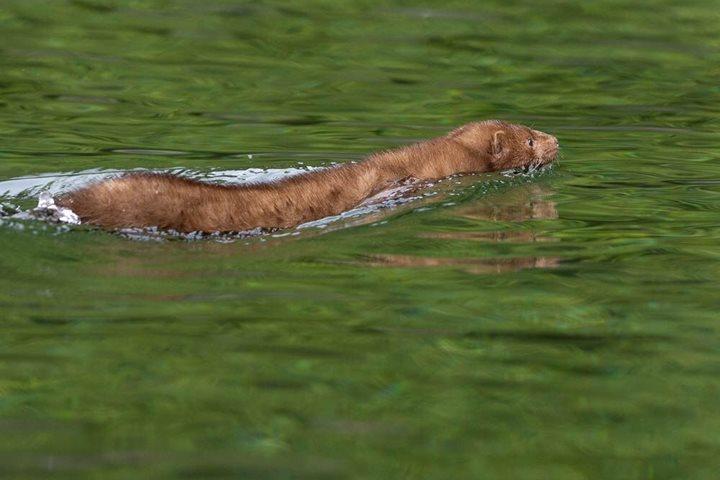We didn’t know how great the day would get — but it certainly started out lovely! We began with no rain and an excellent location for a variety of onshore walks. Cascade Creek lived up to its name, providing lots of photo opportunities with waterfall backgrounds as well as some good exercise, especially for the group of long walkers (a.k.a. mud hikers). The casual coastal walk revealed several marine secrets including worms and gunnel fish, the favorite food of pigeon guillemots. Moderate walks allowed time for forest bathing and finer-focus forest elements including an abundance of mosses and lichens.
Returning to the ship for sustenance, we decided to spend the afternoon searching for “signs of life” in Frederick Sound, since this would be our last significant opportunity for whale watching. And did we ever find some marine mammal activity! Many guests commented that when the expedition staff get excited and the Captain comes out on deck with a camera, then you know there’s something special happening. We enjoyed an incredible afternoon of whale spectating, spending several hours in “whale soup.” Easily one hundred whales surrounded the ship from near to far. Everywhere you looked there were whales doing all sorts of interesting things including lunge feeding, tail slapping, bubble-net feeding, and even breaching. There was barely enough time to run inside for a bathroom break, hot chocolate, and a bit of warming up. We were listening to a presentation by Joselyn about plant adaptations when the action overwhelmed the ship again. It was truly magical — the flat, calm conditions and light shining through distant clouds created a perfect backdrop for the thousands of photos taken collectively by the dedicated bow-watchers. As the evening progressed, we skipped recap; we were in danger of skipping dinner altogether! But it was time to let the whales be and gain some sustenance ourselves to prepare for our last full day aboard the good ship National Geographic Sea Bird.







